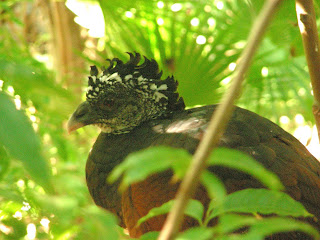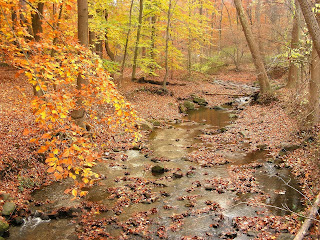During a coffee break at a meeting with my colleagues last week, the conversation turned to Avatar, arguably the greenest (or bluest?) mainstream film to date. One of my friends commented, "Great! Now we're not "green" enough! How are we going to capture the public's attention about the frightening loss of biodiversity unless we've got bioluminescence and floating jellyfish?"
Then, I read a slightly different take on the topic in an article by Carol K. Yoon in the New York Times ("Luminous 3-D Jungle Is a Biologist's Dream," 1/19/2010). Here's an excerpt:
Then, I read a slightly different take on the topic in an article by Carol K. Yoon in the New York Times ("Luminous 3-D Jungle Is a Biologist's Dream," 1/19/2010). Here's an excerpt:
Please excuse me if I seem a bit breathless, but the experience I had when I first saw the film shocked me. I felt as if someone had filmed my favorite dreams from those nights of sleep when I wander and play through a landscape of familiar yet strange creatures, taking a swim and noticing dinosaurs paddling by, going out for a walk and spying several entirely new species of penguins... Less than the details of the movie, it was, I realized, the same feeling of elation, of wonder at life.Personally, I don't think either take on the topic is exactly right, but I'm leaning toward Ms. Yoon's sentiments.
Perhaps that kind of potent joy is now the only way to fire up a vision of order in life. Many of my fellow Gen-X biologists were inspired to careers in science by the now quaint Time-Life series of illustrated books on animals or by the television program Wild Kingdom. But maybe that isn't enough anymore.
Maybe it takes a dreamlike ecstacy to break through to a world so jaded, to reach people who have seen David Attenborough here, there, and everywhere... Maybe Avatar is what we need to bring our inner taxonomist back to life, to get us to really see.
And waking up and seeing is what Avatar is about...


















